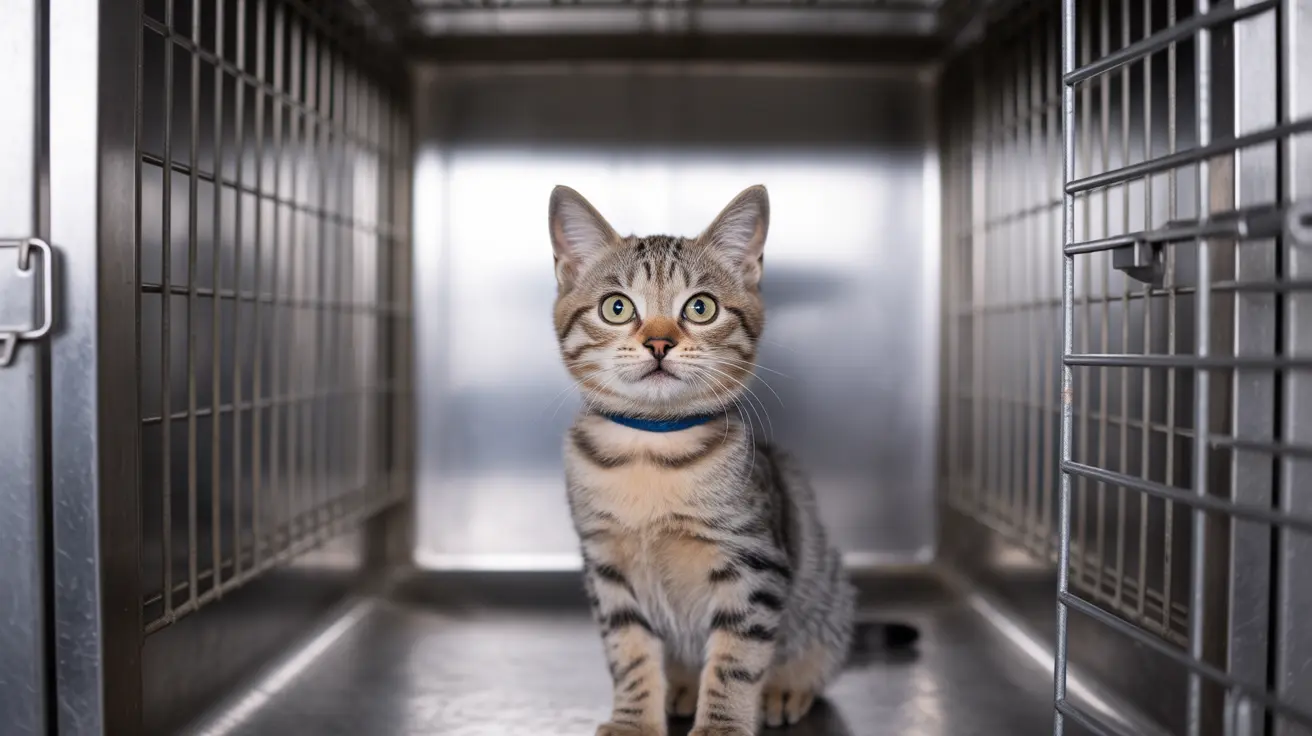Long Beach Animal Care Services recently conducted a major rescue operation, taking in 74 cats from a severe hoarding situation that highlights the devastating effects of this complex mental health disorder. This case underscores the urgent need for communities to recognize animal hoarding signs and understand how to respond when pets suffer in these overwhelming environments.
Animal hoarding causes suffering for both pets and the person with the mental illness, creating dangerous living conditions that can quickly spiral out of control. The Long Beach rescue demonstrates how quickly these situations can escalate and the massive resources required to address them properly.
Understanding the Effects of Hoarding on Pets
When animals are kept in hoarding conditions, they face numerous health and behavioral challenges that can have lasting impacts. The 74 cats rescued in Long Beach likely experienced overcrowded living spaces, inadequate nutrition, poor sanitation, and limited veterinary care. These conditions typically lead to the spread of diseases, parasitic infections, and severe stress among the animals.
Pets in hoarding situations often develop behavioral issues due to lack of socialization and proper care. Many become fearful, aggressive, or withdrawn, requiring extensive rehabilitation before they can be successfully adopted into loving homes. The psychological trauma experienced by these animals can take months or even years to overcome with proper treatment and patience.
How to Report Animal Hoarding in Your Community
Recognizing when to intervene is crucial for preventing animal suffering. Common indicators include strong odors coming from a property, excessive numbers of animals visible through windows, unkempt yards with animal waste, and animals that appear malnourished or sick. Neighbors may also notice the property owner exhibiting concerning behaviors or social isolation.
If you suspect animal hoarding in your area, contact local animal control services, the SPCA, or law enforcement immediately. Document your observations with dates and specific details, but avoid confronting the individual directly, as this can sometimes worsen the situation or put animals at greater risk.
Mental Health and Animal Hoarding Connection
Animal hoarding is recognized as a complex mental health condition that often stems from underlying psychological issues such as anxiety, depression, trauma, or obsessive-compulsive tendencies. People who hoard animals typically believe they are rescuing or caring for the pets, even when conditions become harmful.
Effective intervention requires addressing both the immediate animal welfare concerns and the person's mental health needs. Many individuals struggling with hoarding benefit from counseling, support groups, and ongoing mental health treatment to prevent future incidents.
Animal Cruelty California Legal Framework
California maintains strict animal welfare laws that classify severe hoarding as animal cruelty. Legal consequences for hoarders can include criminal charges, fines, mandatory counseling, and lifetime bans on animal ownership. The state's legal system recognizes that while hoarding often stems from mental illness, the welfare of the animals must be prioritized.
Law enforcement and animal control officers work together to ensure proper evidence collection and prosecution when necessary. These cases often result in court-ordered mental health evaluations and treatment plans designed to address the root causes of the hoarding behavior.
Community Response and Prevention Strategies
The Long Beach case highlights how shelter overcrowding solutions become critical when large numbers of animals need immediate care. Local rescue organizations, veterinary clinics, and foster networks must coordinate quickly to provide emergency medical treatment, behavioral assessment, and temporary housing.
Communities can help prevent hoarding situations by supporting affordable spay/neuter programs, promoting responsible pet ownership education, and maintaining strong social connections with elderly or isolated residents who may be at higher risk for developing hoarding behaviors.
Frequently Asked Questions
- What are the warning signs that someone might be an animal hoarder, and how can I report suspected hoarding in my area?
Warning signs include strong animal odors, excessive numbers of pets, animals appearing malnourished or sick, cluttered properties, and social isolation by the owner. Report concerns to local animal control, SPCA, or law enforcement with specific observations and dates.
- How does animal hoarding affect the health and behavior of pets, and what happens to animals rescued from hoarding situations?
Hoarded animals often suffer from malnutrition, disease, parasites, and behavioral issues due to overcrowding and poor care. Rescued animals receive immediate veterinary treatment, behavioral rehabilitation, and are gradually prepared for adoption through foster programs and specialized care.
- Is animal hoarding considered a mental illness, and what kind of help is available for people struggling with this disorder?
Yes, animal hoarding is recognized as a complex mental health condition often linked to anxiety, depression, or trauma. Treatment includes counseling, support groups, mental health therapy, and sometimes court-ordered treatment programs to address underlying causes.
- What legal actions can be taken against animal hoarders, and what are the consequences for animal cruelty in California?
California law treats severe hoarding as animal cruelty, with consequences including criminal charges, fines, mandatory counseling, and potential lifetime bans on animal ownership. Legal intervention focuses on both animal welfare and connecting hoarders with mental health resources.
Moving Forward Together
The rescue of 74 cats in Long Beach serves as a powerful reminder that animal hoarding affects entire communities. By staying vigilant, supporting mental health resources, and maintaining strong animal welfare programs, we can work together to prevent these tragic situations and ensure all pets receive the care and love they deserve.






